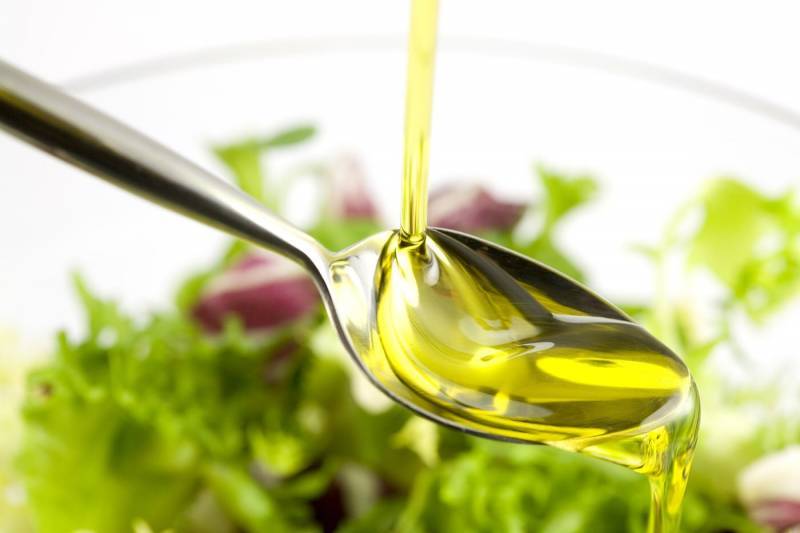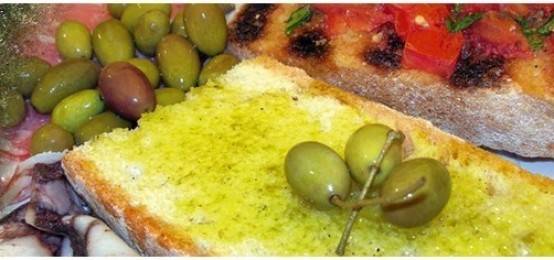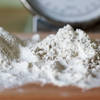Olives and Olive Oil: A How-to
ll Originating in the Western Mediterranean, for millenia the olive plant has been a part of this area’s human history and its great civilizations and religions. In the Bible the olive branch is the symbol of peace between God and men after the Flood, and for Christians today, it remains a symbol of peace, especially at Easter. The Koran calls the olive a “blessed tree” and oil a “combustible” that provides fuel for lamps that give off “the light of God.” In ancient Greek mythology, Athena and Poseidon compete to become the patron deity of Athens. The goddess produces an olive tree out of a rock as a gift to the Athenians, while Poseidon brings them a new animal from the forest: the horse. Because to the Athenians the horse represents war, they choose the olive tree, a new plant that would provide them with oil, wood and light, and therefore abundance and peace.
As the Greeks expanded their domain, they brought the olive plant to Southern Italy, then Magna Grecia, where the Romans would go on to export olive cultivation to France and Spain, as well as methods for producing olive oil that have remained unchanged for centuries.
The weather conditions there helped smoothly integrate the olive tree into the landscape, and olive oil found a variety of uses: not only for cooking and dressing food, but also for cosmetic and medicinal purposes, as a combustible, and as an essence burned during religious rites.
The Olive Plant
The olive as we know it is Olea Europea. Although its growth is generally linked to the temperature and humidity of the Mediterranean, it was succesfully exported to the Americas (especially in California and Argentina) and Oceania (Australia and New Zealand). However, 90% of oil is produced on native soil, including Italy, which is a national olive-growing hub. Only two out of twenty Italian regions (Piedmont and Valle d’Aosta) do not produce olives, while the majority of Italian oil comes, naturally, from the South: Puglia, Calabria, Basilicata, Sicily and Sardinia produce about 85% of the total.
High-quality oil production is subject to fluctuations, and harvests are classified by non-fruiting years and fruit-bearing years. 2014-2015 was a non-fruiting year, especially for Spain and Italy, due to weather conditions. That means that worldwide production of oil will drop to 17%. This could cause an increase in prices, a diffusion of “cut” oils on the market, and the sale of oils falsely labeled 100% Italian. Therefore, consumers must be careful and know how to recognize real quality oil.
Virgin vs. Extravirgin
In the next issue of i-ItalyNY we will examine in greater detail the differences between types of oil and production methods. For now, we’ll just explain the crucial difference between virgin olive oil and extravirgin olive oil. Very often people tend to consider oil obtained by squeezing olives as good-quality oil, forgetting that there’s a difference between virgin and extravirgin oil. From the standpoint of production methods, the two oils are indistinguishable. Even if the different harvesting and extracting methods contribute to determining the quality of production, what (greatly) distinguishes them is a combination of chemical and organoleptic features.
In order to earn the label “extra,” a virgin olive oil must have a maximum acidity level of 0.8% (produced by oleic acid, not esterified by glycerol); non-extra virgin oil can have an acidity level as high as 2%. Furthermore, it is fundamental that the “extra” product passes organoleptic tests conducted by competent testing centers; the most important, defining features are the fruity aroma (produced by the olive’s volatility) and a spicy, slightly bitter taste (produced by polyphenols).







































i-Italy
Facebook
Google+
This work may not be reproduced, in whole or in part, without prior written permission.
Questo lavoro non può essere riprodotto, in tutto o in parte, senza permesso scritto.